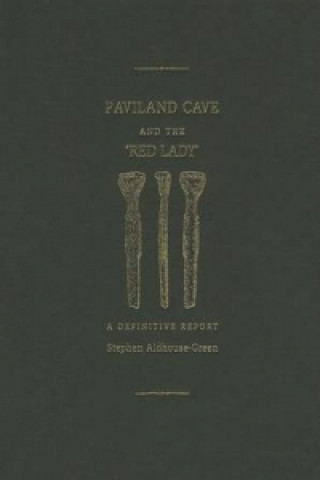
Kód: 04764429
Paviland Cave and the Red Lady
Paviland Cave on Wales' Gower Peninsula, discovered in 1823, contained the remains of a young adult male, covered with red ochre, misidentified as 'the red lady'. The richest Early Upper Palaeolithic site in Britain, its recent re ... celý popis
- Jazyk:
 Angličtina
Angličtina - Vazba: Pevná
- Počet stran: 314
Nakladatelství: Western Academic & Specialist Press Ltd, 2000
- Více informací o knize

Mohlo by se vám také líbit
-

50 Ways to Find a Lover
1068 Kč -

Programming Collective Intelligence
971 Kč -

To Distraction
312 Kč -

Lykophron: Alexandra
8714 Kč -

Sunny Spells
890 Kč -

Henri Poincare, 1912-2012
4266 Kč -

King Kong Theorie
283 Kč
Informovat o naskladnění knihy
Zadejte do formuláře e-mailovou adresu a jakmile knihu naskladníme, zašleme vám o tom zprávu. Pohlídáme vše za vás.
Více informací o knize Paviland Cave and the Red Lady
 Anotace knihy
Anotace knihy
Paviland Cave on Wales' Gower Peninsula, discovered in 1823, contained the remains of a young adult male, covered with red ochre, misidentified as 'the red lady'. The richest Early Upper Palaeolithic site in Britain, its recent re-excavation, a study of previously excavated artefacts and a suite of radiocarbon dates have enabled intriguing new interpretations to be made of Paviland. Paviland Cave on the Gower Peninsula of Wales is the richest Early Upper Palaeolithic site in Britain. It came to light in 1823 when the Reverend William Buckland discovered the remains of a young adult male, covered with red ochre, in Goat's Hole Cave, Paviland. The circumstances of the burial hint at a ritual or shamanic use of the site. Ceremonially buried, with ivory ornaments and perforated sea shells, the body soon became the subject of debate, not least because the original finder of the skeleton pronounced it that of a woman, the 'Red Lady' of Paviland. The recent re-excavation of the site, a new study of previously excavated artefacts, and a suite of radiocarbon dates, have enabled reconstruction of the phases and nature of human use of the cave. Set in the context of climatic and environmental change, this has allowed new, intriguing interpretations to be made of Paviland. The first human presence, in this case that of Neanderthals, may date back to 50,000 years ago. The presence of an anatomically modern human at Paviland c. 26,000 BP, with no trace of Neanderthal features, poses questions about the timing of the colonisation of the British Peninsula by modern humans. The issue of whether parts of Britain were either empty of human population at this time or, alternatively, served as refugia for the last surviving populations of Neanderthals is discussed. The dating evidence from Paviland suggests that the Aurignacian appeared relatively late in Britain, towards 28,000 BP, and the Britain was only infrequently visited by task groups or - more controversially - pilgrims during the climatic downturn from 27,000 BP until the onset of the Last Glacial Maximum. The project to re-evaluate the site and to re-study the artefacts began in 1996, led by Dr Stephen Aldhouse-Green of the University of Wales College, Newport, and was completed in 1999. This volume is the definitive report of that study
 Parametry knihy
Parametry knihy
Zařazení knihy Knihy v angličtině Humanities Archaeology Archaeology by period / region
- Plný název: Paviland Cave and the Red Lady
- Podnázev: A Definitive Report
- Jazyk:
 Angličtina
Angličtina - Vazba: Pevná
- Počet stran: 314
- EAN: 9780953541812
- ID: 04764429
- Nakladatelství: Western Academic & Specialist Press Ltd
- Hmotnost: 1361 g
- Rozměry: 280 × 220 × 25 mm
- Datum vydání: 01. December 2000
Oblíbené z jiného soudku
-

Lifeways of Hunter-Gatherers
855 Kč -

Lost Technologies of Ancient Egypt
550 Kč -

Magicians of the Gods
378 Kč -

Egyptian Hieroglyphs for Complete Beginners
343 Kč -

Horse, the Wheel, and Language
776 Kč -

War before Civilization
689 Kč -

Petra
222 Kč -

Cat in Ancient Egypt
302 Kč -

Complete Pompeii
543 Kč -
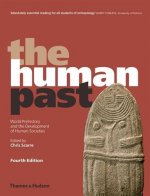
Human Past
1657 Kč -

Scenes from Prehistoric Life
677 Kč -

Across Atlantic Ice
1076 Kč -

Book of Enoch
933 Kč -

Timewalkers
507 Kč -

Creating the Human Past
1076 Kč -
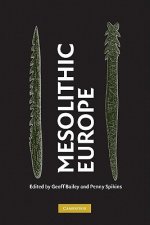
Mesolithic Europe
3414 Kč -
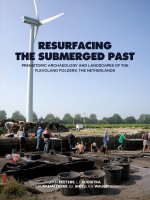
Resurfacing the Submerged Past
1840 Kč -

American Beginnings
2119 Kč -
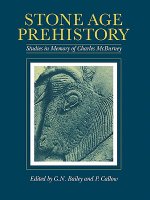
Stone Age Prehistory
806 Kč -

Her Cup for Sweet Cacao
1666 Kč -

Lindow Man
443 Kč -

Against the Grain
476 Kč -

Dress Accessories, c. 1150- c. 1450
898 Kč -
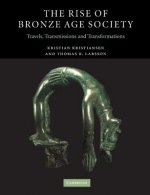
Rise of Bronze Age Society
2003 Kč -

Lewis Chessmen: Unmasked
247 Kč -
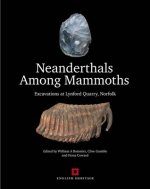
Neanderthals Among Mammoths
4988 Kč -

Biblical Archaeology: A Very Short Introduction
249 Kč -

Bible Unearthed
423 Kč -

Seismosaurus
2755 Kč -

Treasures of the Valley of the Kings
725 Kč -

Divine Creatures
655 Kč -

Tutankhamun
810 Kč -

Hieroglyphics
738 Kč -
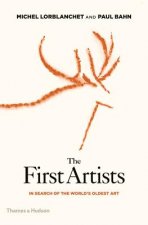
First Artists
542 Kč -

In Search of the Indo-Europeans
851 Kč -

Performance Power and the Art of the Aegean Bronze Age
1451 Kč -

Tasting the Past
673 Kč -

Classical Archaeology 2e
1076 Kč -

Upper Pleistocene Prehistory of Western Eurasia
2192 Kč -

Humans at the End of the Ice Age
5060 Kč -

Medieval European Coinage: Volume 14, South Italy, Sicily, Sardinia
2184 Kč -

Prehistory: A Very Short Introduction
273 Kč -
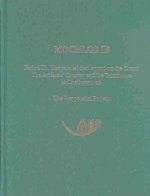
Mochlos IB
3149 Kč -

Salt in Prehistoric Europe
929 Kč -

Prehistoric Rock Art
835 Kč -

Medieval Household
1423 Kč -

Complete Cities of Ancient Egypt
763 Kč -

First Signs
329 Kč -
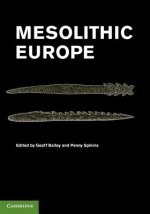
Mesolithic Europe
1783 Kč
Osobní odběr Praha, Brno a 12903 dalších
Copyright ©2008-24 nejlevnejsi-knihy.cz Všechna práva vyhrazenaSoukromíCookies



 Vrácení do měsíce
Vrácení do měsíce 571 999 099 (8-15.30h)
571 999 099 (8-15.30h)